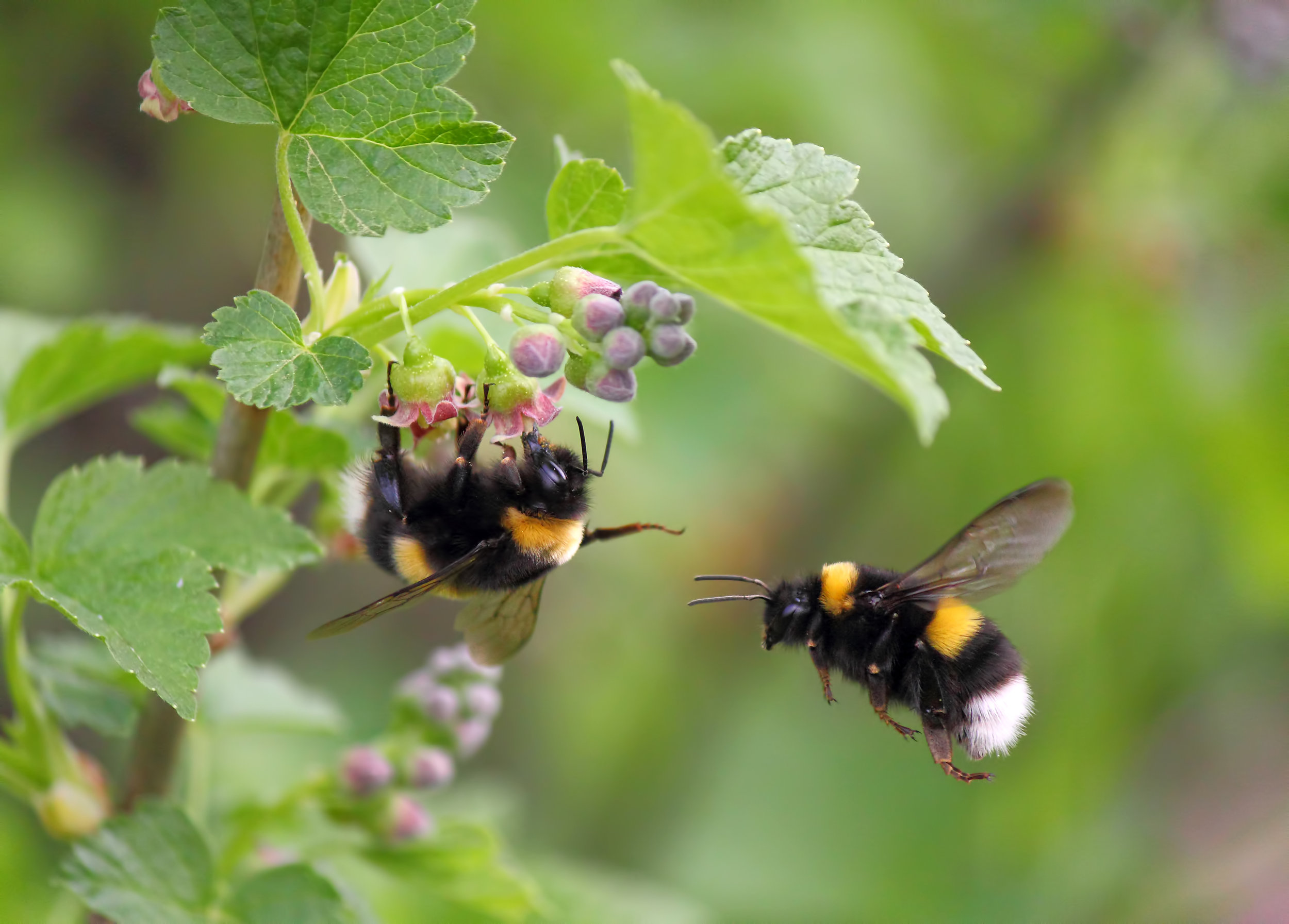What to do When Your Harp Has a Buzz
There may come a day when you play a string and hear a buzzing sound coming from your harp. Chasing down a buzz can be more difficult than it initially appears and many people skip the easy things only to be frustrated later. A buzz can be hard to pin down and sometimes the spot where you think the buzz sounds the loudest may not be the area that is actually causing the problem. We recommend going through the steps we have delineated in order.
Oops! It's Not the Harp!
Sometimes the buzzing sounds like it’s coming from the harp when it is actually something else vibrating nearby. Know that your harp may have been right where it is for months but something in the floor or on a shelf may have shifted just a bit and that has made the difference. To eliminate the simplest thing first, take your harp into another room and see if you can still hear the buzz. If you have established that the buzz is coming from your harp, you will need to find out what is causing the problem and take care of it.
The Knots in the Strings
Ninety percent of the time a buzz comes from the knot tied at the end of one of the strings resting on the midrib brace inside of the soundbox. A loop in the knot, the knot itself, or the end of the string can touch the wood of the midrib and rattle against the midrib or soundboard. Which knot is it? Who knows. If you pluck a string and it buzzes it is generally not that string which is causing the problem. The string you are plucking is actually producing a frequency which is causing something else in the harp, that is sensitive to that frequency, to buzz.
What you need to do is reach into the access hole of your harp, grab each knot, pull and bend the loop of the knot and the end of the string away from the midrib, making sure they don’t touch. Repeat this with each knot, even those that look just fine. The wrapped metal bass strings won’t have a knot but will have a metal ball or button. Grab the ball and wiggle it with a little twist. This will help to seat it firmly against the midrib. Play the strings that activated the buzz and see if the buzz is gone. If it is still there, repeat the same procedure again but this time give a little quarter twist to each knot. Check again to see if the buzz is gone.
Sharping Levers
If the buzz persists, check the sharping levers next. Play the buzzing string with one hand and with the other hand grab each sharping lever one at a time with a squeezing motion holding the whole lever firmly. Touch the screws that hold the lever to the neck of the harp. If the buzzing stops the problem is the sharping lever. It could be a loose screw. Tighten it with a #1 Phillips screwdriver. (Available as part of the Rees 911-Harp Kit.)
Check the Joints
If the buzz is not a sharping lever, check the connection of the pillar and neck to the soundbox. Feel inside the soundbox. Many harps are joined at this place with a screw or bolt, nut and washer. These may need tightening. If that joint is tight, the next thing to do is to take your hand and firmly hold every possible part of the harp; the feet, legs, back, shoulder, base, sides…everything. There may be a crack or a loose brace which is vibrating. If you hold that part firmly and it stops buzzing you have found the culprit. Depending upon the severity of the problem, you may need a repair person at this point. Before you spend money however, we recommend that you give those string knots another try. Don’t be timid. Give them a good yank.
Wrapped Strings C1-Harpan Fail
Sometimes a wrapped string may be defective and have a vibration in itself. Before you change the string thinking that the string is bad, tune the string next to the possible trouble-maker to the same pitch as the string that has the buzz (Example: If the F string buzzes, tune the G string to an F, so it will produce the same frequency as the F string, and play it.) If the G string, which is now tuned to F, also buzzes, it’s not the F string that is bad, it’s something else in the harp. (If this is the case, go back to the procedures in the above paragraphs and keep looking.) If it doesn’t buzz like the original F string, it might be a bad F string. Change it!
Sometimes It Really Is You :(
One final note: occasionally, the problem is not the harp but the harper. A harp which is being overplayed will buzz like a hive of honeybees. Pedal harpists must have a firm technique in order to properly voice their large, heavy, gut-strung instruments. However, transferring this same touch to any more lightly strung harp is not appropriate and can often damage the lighter instrument. Harpists must adjust between instruments just as a violinist adjusts when changing to the viola or cello.


